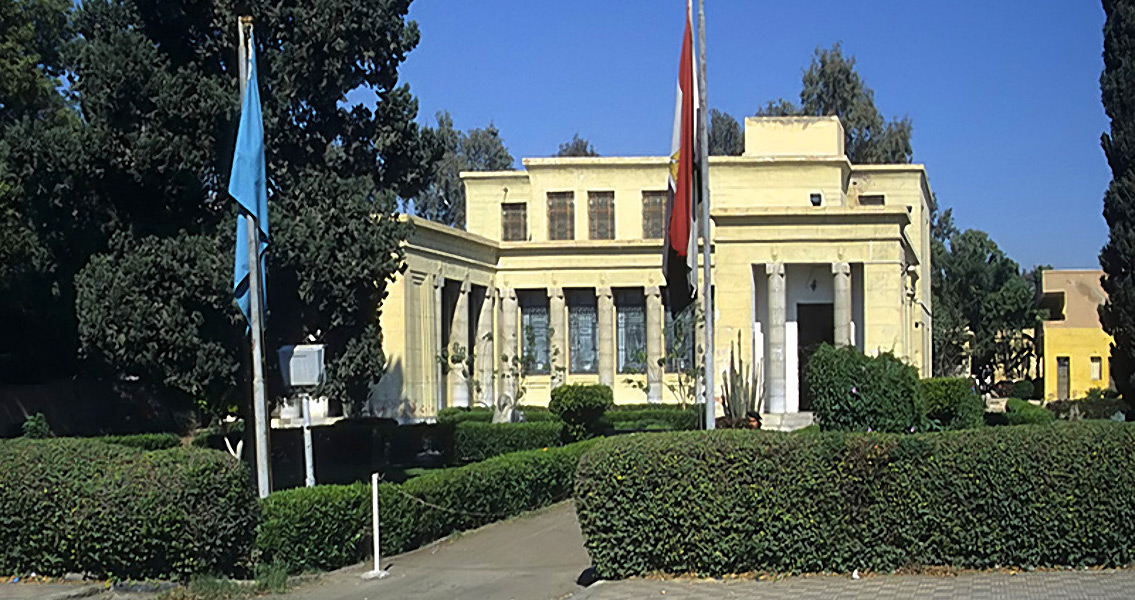<![CDATA[A new exhibition has been unveiled at the Ismailia Museum in Egypt detailing the archaeological finds uncovered during recent work by the Suez Canal Authority (SCA) to both expand and widen a region of the canal known as the Ballah Bypass. According to reports from Ahram Online, the state-run Egyptian news website, the new exhibition will run for approximately one month. Included in the antiquities on display are 16 artifacts that were discovered during a French archaeological mission undertaken in 1859, as well as those discovered by an Egyptian team after the 2014 endeavor to widen the canal. The new exhibition is designed to coincide with the inauguration of what is being referred to as the “New Suez Canal”, a newly completed project which involved adding a much-needed second lane to provide for two-way traffic over a 35-kilometer stretch of the existing canal. The project also deepened and expanded an additional 37-kilometer stretch of the canal; the improvements are understood to reduce waiting time for vessels wishing to traverse the canal from eleven hours to three hours. The New Suez Canal is considered an important step in revitalizing Egyptian commerce, especially after the country has been ravaged by years of the type of civil unrest that precipitated the Arab Spring. Out of the artifacts to be displayed for the month, one of the most noteworthy is the run of a sandstone obelisk that was provided as a gift to King Seti I from his son King Ramses II. The remains of the obelisk were discovered at Al-Qantara East during the initial digging of the Suez Canal, which spanned a decade in the middle of the nineteenth century. During a ceremony to inaugurate the unveiling of the new exhibition, dignitaries such as a member of the Egyptian army, a large number of government officials and the governor of Ismailia, were in attendance. The city, which is located on the western side of the canal just north of the midway point of the shores of Timsah Lake, has a strong reputation for academia; the museum itself contains more than 4,000 archaeological artifacts dating as far back as the time of the pharaohs through to the Greek and Roman eras. Opened in 1932, the Ismailia Museum features a Greco-Roman inspired façade. On permanent display is one of the largest and most well-preserved Roman mosaic floors in the world. It also includes artifacts from the first canal constructed in antiquity by Darius I of Persia in circa 497 BCE, a waterway that connected the Bitter Lakes to the ancient city of Bubastis, located nearly due west of Ismailia and the site of the modern Egyptian city of Tell Basta. According to the writings of the Greek historian Herodotus, Darius's canal took four days to travel from one end to the other, and had been constructed in such a way that two triremes (a type of ancient galley) could pass alongside each other, even with their oars extended. The remnants of this ancient waterway were initially re-discovered by Napoleon Bonaparte and his corps of engineers in 1799. Image courtesy of Wikimedia Commons user: Roland Unger ]]>
Suez Canal Archaeological Exhibition opens in Egypt
